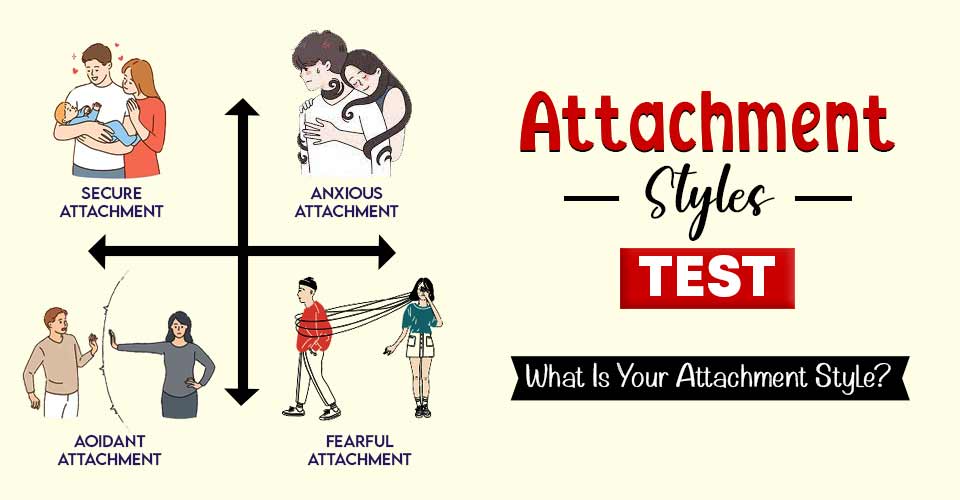
Uncover Your Love Style with the 5 Love Language Test: Discover Your Relationship Superpower
That’s where the 5 Love Language Test comes in. Created by Dr. Gary Chapman, this concept breaks love into five distinct categories: Words of Affirmation, Acts of Service, Receiving Gifts, Quality Time, and Physical Touch. Ready to uncover your love language? Let’s dive into the 5 Love Language Test and find out what makes your heart tick!
Ever felt like you’re speaking an entirely different language from your partner? Maybe you’re showering them with gifts, but they’d prefer a heartfelt hug. Or perhaps you’re all about quality time, and they’re busy planning extravagant gestures. Welcome to the world of love languages! Understanding how you and your partner express and receive love can make all the difference.
5 Love Language Test: What Are the 5 Love Languages?
Before we jump into the test, let’s take a quick refresher on the five love languages:
- Words of Affirmation: Compliments, words of appreciation, and verbal encouragement.
- Acts of Service: Doing helpful tasks like running errands or making breakfast.
- Receiving Gifts: Thoughtful items that show love and care.
- Quality Time: Focused, undistracted time spent together.
- Physical Touch: Hugs, kisses, and cuddling as ways to connect.
Everyone has a primary love language (or two), and discovering yours is the key to deeper, more fulfilling relationships.
Take the 5 Love Language Test
Ready to discover your love language? This 20-question quiz will help you identify which love language resonates most with you. Answer honestly, and at the end, tally your results to see which category tops the list.
Instructions: Choose the option that best describes what makes you feel most loved.
1–4: Words of Affirmation
- When someone gives me a compliment, I feel:
a) Like I’m on cloud nine.
b) It’s nice, but not necessary. - Hearing “I love you” makes me:
a) Melt every single time.
b) Feel good, but I need more than words. - A thoughtful note or card is:
a) Priceless and sentimental.
b) Sweet, but not my favorite. - If someone critiques me, I:
a) Overthink it for days.
b) Brush it off easily.
5–8: Acts of Service
- If someone makes me coffee without asking, I feel:
a) Loved and appreciated.
b) Thankful, but I’d prefer a hug. - When someone offers to help with a task, I:
a) Feel an instant connection.
b) Appreciate it but wouldn’t call it love. - The best way to show love is:
a) Through actions, not words.
b) Whatever feels natural. - If someone forgets to do something they promised, I:
a) Feel let down and unimportant.
b) Understand it happens sometimes.
9–12: Receiving Gifts
- When someone surprises me with a gift, I feel:
a) Truly special and seen.
b) Happy, but it’s not everything. - The best way to show love is through:
a) Thoughtful tokens of affection.
b) Spending time or offering a kind word. - If someone forgets a special occasion, I:
a) Feel disappointed, even if they apologize.
b) Appreciate the sentiment without the gift. - A gift is meaningful when:
a) It’s thoughtful and personal.
b) It doesn’t matter much to me.
13–16: Quality Time
- Spending time with someone means:
a) Giving them my undivided attention.
b) Doing something fun together without needing full focus. - When someone is distracted while with me, I feel:
a) Ignored and unimportant.
b) Fine, as long as we’re together. - My ideal date involves:
a) Deep conversations without interruptions.
b) Any fun activity we both enjoy. - The best way to make me feel loved is:
a) Prioritizing time together.
b) Showing love in other ways.
17–20: Physical Touch
- A hug makes me feel:
a) Safe, loved, and connected.
b) Nice, but it’s not my favorite. - Holding hands is:
a) One of the best ways to show affection.
b) Sweet but not necessary. - If someone avoids physical touch, I feel:
a) Unloved and distant.
b) It doesn’t bother me much. - Physical affection means:
a) Everything in a relationship.
b) It’s just one part of the whole picture.
Tally Your Results
To find your primary love language, count how many times you selected “a” for each set of questions. Each set corresponds to one of the five love languages:
- Words of Affirmation: Questions 1–4
- Acts of Service: Questions 5–8
- Receiving Gifts: Questions 9–12
- Quality Time: Questions 13–16
- Physical Touch: Questions 17–20
The category with the most “a” responses is your primary love language. If two categories have the same highest score, you might have a dual love language preference.
Example:
- Words of Affirmation: 3
- Acts of Service: 2
- Receiving Gifts: 1
- Quality Time: 3
- Physical Touch: 1
In this example, your love languages are Words of Affirmation and Quality Time, as they scored the highest.
Once you’ve identified your love language, reflect on how it influences your relationships and how you can use this insight to connect with others more deeply.
Why Knowing Your Love Language Matters
Understanding the results of your 5 Love Language Test can transform your relationships. When you know your love language, you can communicate your needs more effectively and understand your partner’s preferences.
How to Apply the 5 Love Languages
- In Romantic Relationships: Speak your partner’s love language to strengthen your bond.
- In Friendships: Use love languages to appreciate your friends in meaningful ways.
- In Self-Love: Treat yourself based on your love language—whether it’s through affirmations, acts of service, or a spa day.
Conclusion: Embrace Your Love Language
Taking the 5 Love Language Test is just the first step in understanding how you give and receive love. Whether you’re a words-of-affirmation enthusiast or a quality-time devotee, learning your love language will enhance your relationships across the board.
So go ahead—take the quiz, share it with your loved ones, and start speaking the language of love fluently. You’ll be amazed at the positive changes it brings to your life!


